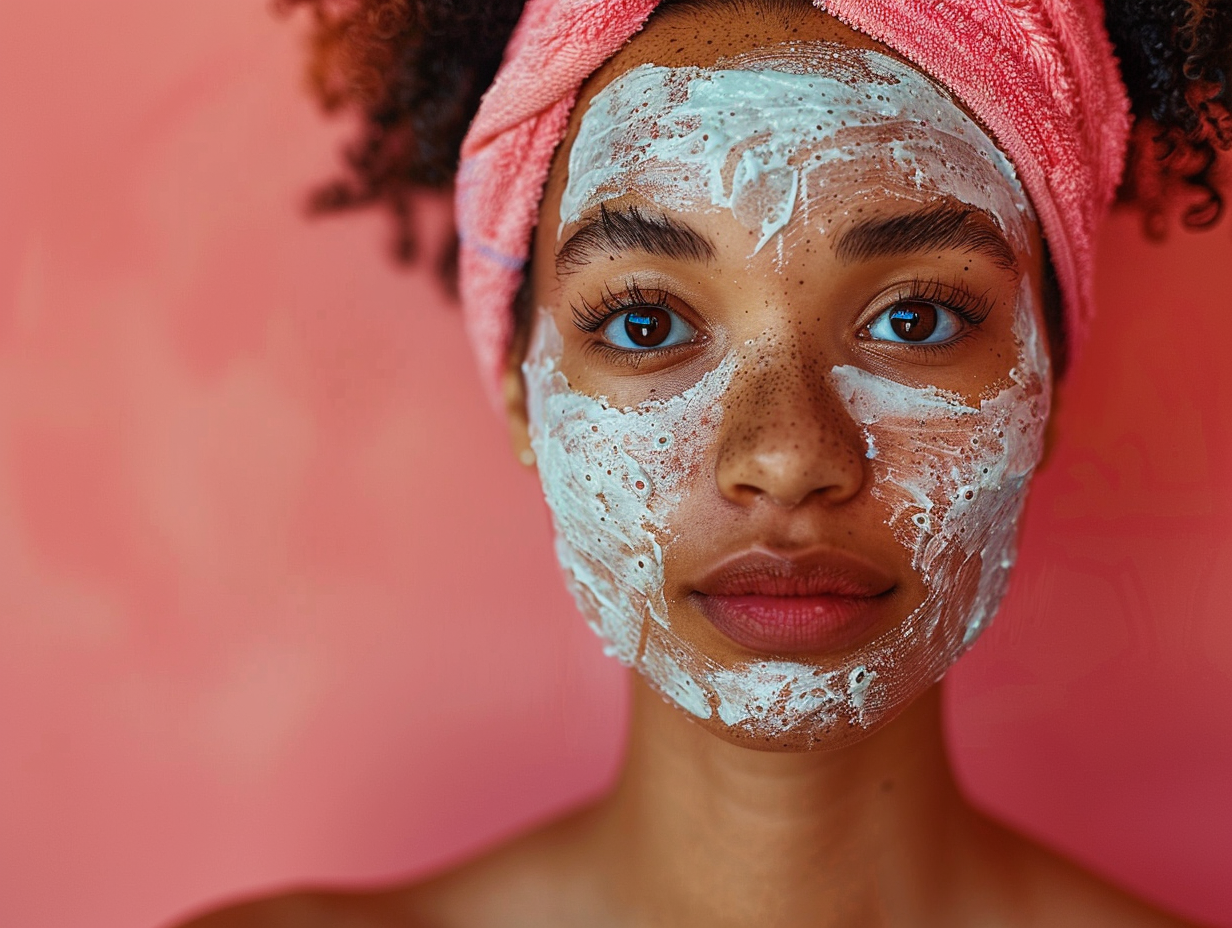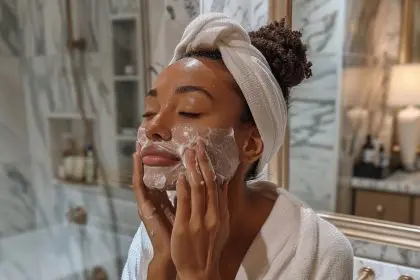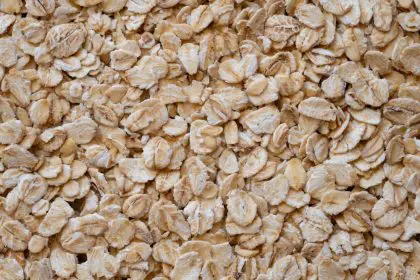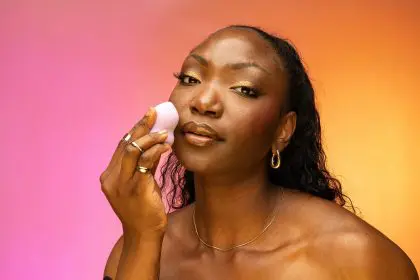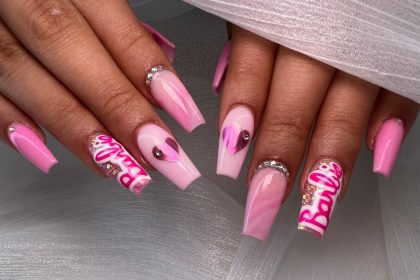When it comes to maintaining youthful skin, many people believe they’re doing everything right. They invest in expensive creams, follow elaborate routines, and diligently apply sunscreen. Yet despite these efforts, fine lines continue to deepen and new wrinkles appear seemingly overnight. The culprit might surprise you: over-cleansing could be the very mistake that’s accelerating your skin’s aging process.
The hidden danger in your daily routine
Most people have been conditioned to believe that squeaky-clean skin equals healthy skin. This misconception has led to a culture of aggressive cleansing that strips away the skin’s natural protective barrier. The obsession with removing every trace of oil, makeup, and environmental pollutants has created a generation of over-cleansers who unknowingly damage their skin multiple times per day.
The skin’s natural barrier, known as the acid mantle, consists of sebum, sweat, and beneficial bacteria that work together to maintain optimal pH levels and protect against harmful microorganisms. When this delicate ecosystem is disrupted through excessive cleansing, the skin becomes vulnerable to moisture loss, inflammation, and accelerated aging.
Over-cleansing manifests in several ways: using harsh cleansers multiple times daily, scrubbing with abrasive tools, employing hot water, or combining multiple cleansing products in a single routine. Each of these practices can compromise the skin’s integrity and trigger a cascade of aging processes.
How over-cleansing accelerates wrinkle formation
- Moisture barrier destruction: Aggressive cleansing strips away the lipids that form the skin’s protective barrier. Without this barrier, transepidermal water loss increases dramatically, leading to dehydration and the formation of fine lines.
- Collagen breakdown acceleration: When the skin’s pH balance is disrupted, it triggers inflammatory responses that activate enzymes responsible for breaking down collagen and elastin. These proteins are essential for maintaining skin firmness and elasticity.
- Increased free radical damage: A compromised skin barrier offers less protection against environmental stressors like pollution and UV radiation. This exposure generates free radicals that damage cellular structures and accelerate the aging process.
- Impaired skin renewal: Over-cleansing can disrupt the skin’s natural cell turnover process, leading to a buildup of dead skin cells that make fine lines and wrinkles more apparent.
The most common over-cleansing mistakes
Many people unknowingly commit these skin-damaging errors as part of their daily routine. Understanding these mistakes is the first step toward correcting them and preventing further damage.
Double cleansing has become increasingly popular, but many people misunderstand its proper application. While this method can be beneficial when done correctly, excessive use of cleansing oils followed by foaming cleansers can strip the skin beyond repair. The key lies in understanding when and how to implement this technique without causing harm.
Hot water feels relaxing and seems more effective at removing impurities, but it’s one of the most damaging elements in any cleansing routine. High temperatures break down the skin’s lipid barrier more aggressively than lukewarm water, leading to immediate moisture loss and long-term barrier dysfunction.
Mechanical exfoliation through washcloths, brushes, or scrubbing motions might feel thorough, but these actions create microscopic tears in the skin’s surface. These tiny wounds trigger inflammatory responses that contribute to premature aging and can make existing wrinkles more pronounced.
The timing and frequency of cleansing also play crucial roles in skin health. Many people cleanse their faces multiple times throughout the day, especially those with oily skin who mistake their skin’s natural oil production for uncleanliness. This constant disruption prevents the skin from establishing its natural balance.
The science behind proper cleansing
Understanding the skin’s natural processes helps explain why gentle cleansing is more effective than aggressive approaches. The skin has an innate ability to self-regulate and maintain its health when not constantly disrupted by harsh treatments.
The acid mantle maintains a pH level between 4.5 and 6.5, which creates an inhospitable environment for harmful bacteria while supporting beneficial microorganisms. Most traditional cleansers have alkaline pH levels that disrupt this delicate balance, requiring hours for the skin to restore its natural acidity.
Sebum production is not the enemy it’s often portrayed to be. This natural oil contains essential fatty acids, cholesterol, and other lipids that nourish and protect the skin. While excess sebum can contribute to acne, completely eliminating it through aggressive cleansing creates more problems than it solves.
The skin’s microbiome consists of trillions of beneficial bacteria that support barrier function, prevent infection, and maintain overall skin health. Over-cleansing disrupts this ecosystem, allowing harmful bacteria to proliferate and contribute to inflammation and premature aging.
Identifying signs of over-cleansing damage
Recognizing the symptoms of over-cleansing is essential for preventing further damage and beginning the healing process. These signs often develop gradually, making them easy to overlook or attribute to other factors.
Persistent tightness after cleansing indicates that the skin’s moisture barrier has been compromised. Healthy skin should feel comfortable and balanced after proper cleansing, not tight or stripped.
Increased sensitivity to products that were previously well-tolerated suggests barrier dysfunction. When the skin’s protective layer is damaged, ingredients that once caused no reaction can become irritating.
Paradoxical oiliness often occurs when the skin overproduces sebum to compensate for excessive stripping. This reactive oil production differs from natural sebum and often feels heavier and less comfortable.
Persistent redness, especially around the nose and cheeks, indicates chronic low-level inflammation caused by repeated barrier disruption. This inflammation accelerates the breakdown of collagen and contributes to premature aging.
Fine lines that seem to appear suddenly or worsen rapidly may be related to dehydration caused by barrier dysfunction rather than natural aging processes.
The gentle cleansing revolution
Transitioning to a gentler cleansing routine requires patience and a fundamental shift in mindset. The goal is not to achieve perfectly clean skin but to maintain the skin’s natural balance while removing necessary impurities.
Water temperature plays a crucial role in gentle cleansing. Lukewarm water effectively removes dirt and makeup without disrupting the skin’s lipid barrier. The temperature should be comfortable to the touch, never hot enough to create steam or cause redness.
Choosing the right cleanser involves understanding your skin’s specific needs rather than following generic recommendations. pH-balanced cleansers that maintain the skin’s natural acidity are preferable to alkaline formulations that require extensive recovery time.
Application technique significantly impacts the cleansing process. Gentle, circular motions with fingertips are sufficient to remove impurities without causing mechanical damage. Avoid scrubbing, pulling, or using excessive pressure that can create microscopic tears in the skin’s surface.
Duration matters as much as technique. Most cleansers only need 30-60 seconds of contact time to effectively remove impurities. Extended cleansing periods increase the risk of over-stripping without providing additional benefits.
Building a skin-friendly routine
Creating a sustainable cleansing routine requires understanding your skin’s individual needs and adapting your approach accordingly. What works for one person may not be appropriate for another, making personalization essential.
Morning cleansing should be minimal for most people, as the skin has only accumulated natural oils and cellular debris overnight. A gentle splash of lukewarm water or a very mild cleanser is often sufficient to prepare the skin for daytime products.
Evening cleansing requires more attention due to the accumulation of makeup, sunscreen, and environmental pollutants throughout the day. However, thorough does not mean aggressive. A single cleanse with an appropriate product should effectively remove these impurities.
Product layering should be approached with caution. Using multiple cleansing products consecutively increases the risk of over-stripping. If double cleansing is necessary, ensure that the combined effect remains gentle and supportive of the skin’s barrier function.
Recovery and prevention strategies
Repairing damage from over-cleansing requires time and consistent care. The skin’s barrier function can be restored, but the process requires patience and the right approach.
Immediate steps include reducing cleansing frequency, switching to gentler products, and incorporating barrier-supporting ingredients into your routine. Ceramides, fatty acids, and cholesterol help rebuild the lipid barrier, while ingredients like niacinamide can reduce inflammation and support the skin’s natural repair processes.
Long-term prevention involves maintaining awareness of your skin’s responses and adjusting your routine accordingly. Seasonal changes, stress levels, and hormonal fluctuations can all affect your skin’s needs, requiring flexibility in your approach.
The path to healthier, more youthful-looking skin often involves doing less rather than more. By respecting your skin’s natural processes and avoiding the common mistake of over-cleansing, you can prevent premature aging and maintain a healthy, radiant complexion for years to come.

